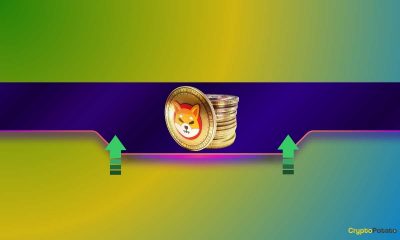Forex
Dollar keeps a grip on 150 yen, China cut leaves yuan unruffled
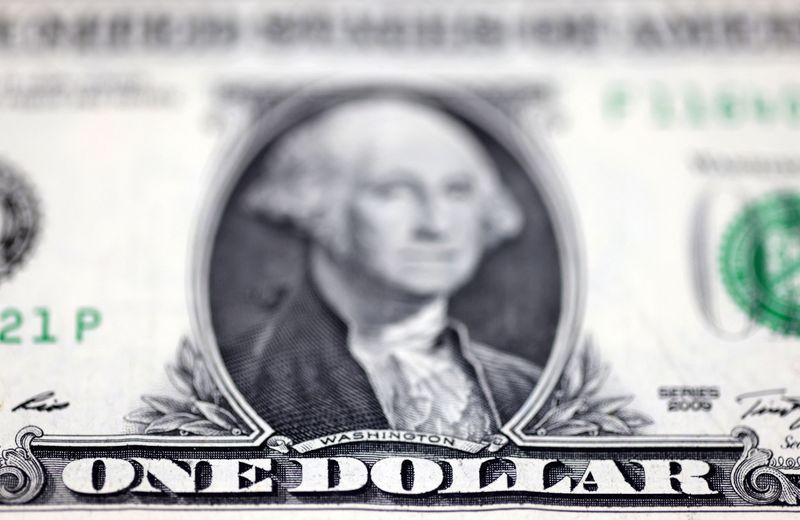
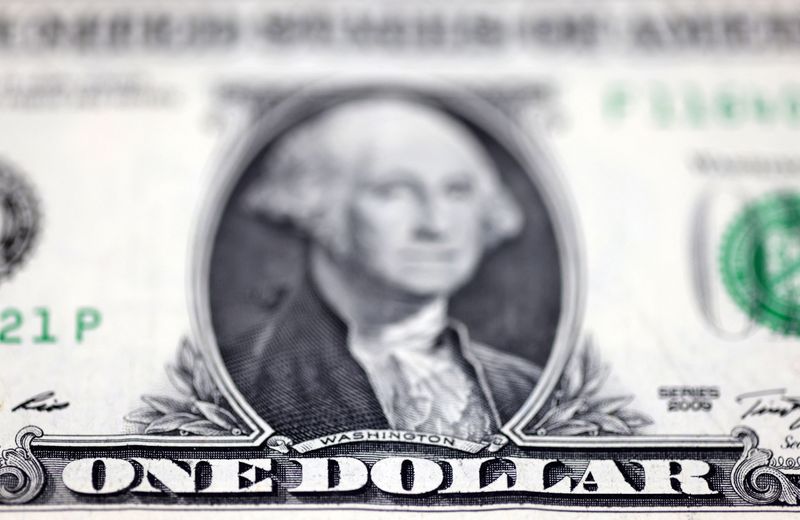
© Reuters. FILE PHOTO: U.S. Dollar banknote is seen in this illustration taken July 17, 2022. REUTERS/Dado Ruvic/Illustration/File Photo
By Amanda Cooper
LONDON (Reuters) -The dollar traded above 150 yen for a sixth day on Tuesday, as investors grew less certain Japan’s era of ultra-low rates will end any time soon given the country is in recession, while the yuan shrugged off a cut in China’s key borrowing rate.
Japanese finance minister Shunichi Suzuki said on Tuesday authorities were “closely watching FX moves with a high sense of urgency”, a phrase he has used previously, and stated the yen exchange rate was set by a number of factors.
The yen has lost 7% in value in 2024 alone, having weakened past the 150-level against the dollar on Feb. 13. In the past, traders have viewed 150 as a line in the sand for the Bank of Japan and the Ministry of Finance that could trigger intervention, as was the case in late 2022.
This time around, the move has been more gradual and volatility has been modest, which suggests little immediate nervousness from either Japanese authorities or currency traders.
“I think (monetary authorities) have to tread a very fine line as they lead up to the next couple of Bank of Japan meetings because there is expectations they will hike rates and then what happens to the yen?” XTB research director Kathleen Brooks said.
For much of 2023, the market pinned its hopes on the BOJ ending its policy of keeping rates below zero, which put a floor under the yen. But with Japan in recession and inflation-adjusted wages shrinking, the currency has slid broadly.
“Maybe they’re getting to the end of the road with (zero rates) and maybe the fact that they’re not intervening in the FX market is a sign that they’re going to do it organically, by normalising interest rates which is a much more conventional and functional way to manage your FX market,” she said.
Even with the dollar trading above 150, the options market shows a growing preference among traders in the last few days for options to sell the U.S. currency against the yen over those to buy the dollar.
That said, the dollar was steady on the day at 150.185 and for now, should be supported by dwindling expectations of a prompt rate cut by the U.S. Federal Reserve after higher-than-expected U.S. producer prices and consumer prices data last week.
On the other hand, Japan’s economy, which unexpectedly slipped into a recession in the final quarter of last year, has prompted investors to rethink the chances of a near-term exit from zero rates by the BOJ.
“At the moment, the data coming in from Japan is telling us that it’s not as rosy as what the BOJ would like to see in order to begin moving away from negative interest rates,” said Rodrigo Catril, senior currency strategist at National Australia Bank (OTC:).
China meanwhile cut its benchmark reference rate for mortgages. The drop comes on top of other efforts to stimulate credit demand and revive the property market, but the yuan struggled near a three-month low as investors say more policy support is required to shore up fragile confidence.
In the offshore market, the yuan strengthened modestly to trade at 7.2028 per dollar.
The euro rose 0.1% to $1.07985, while sterling stabilised at $1.2598 against the dollar.
Against the euro, the pound headed for its longest stretch of daily losses in 2024, set for a fifth drop after Bank of England Governor Andrew Bailey said UK inflation did not need to return to the 2% target to justify rate cuts.
The , which tracks the performance of the U.S. currency against six others, eased 0.15% to 104.13.
In cryptocurrencies, bitcoin reversed earlier losses to rise 0.7% to $52,313, having gained 22% so far in February.
Forex
UBS maintains RBA rate cut forecast, weighs in on AUD/USD
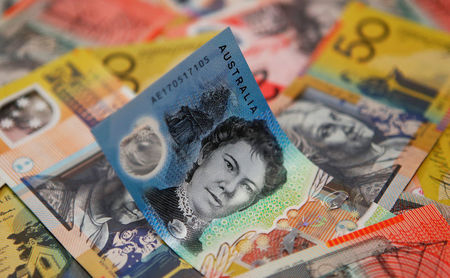
On Thursday, UBS provided insights into the Australian Federal Treasurer Jim Chalmers’ third budget announcement, which reported a second consecutive surplus of AUD 9.3 billion.
Despite this positive outcome, UBS highlighted a projected deficit of AUD 28.3 billion for the fiscal year 2024-25, a figure that is wider than the Treasury’s earlier forecasts.
The firm pointed out that the deficit projection for 2024-25 might be based on overly conservative commodity price assumptions.
UBS suggests that commodity prices are likely to remain higher than anticipated, which could lead to upward fiscal revisions in the future. This outlook is based on details found in the footnotes of the budget document.
In light of the budget details, UBS confirmed that their expectations for the Reserve Bank of Australia’s (RBA) monetary policy remain unchanged. They continue to forecast a 25 basis points cut in the cash rate in February 2025.
Moreover, UBS anticipates that the Australian dollar will maintain its higher trading range against the US dollar, fluctuating between 0.65 and 0.675.
The budget surplus achieved this year contrasts with the anticipated deficit for the next fiscal year. This shift reflects the dynamic nature of Australia’s economic landscape and the challenges that may arise in the medium term. UBS’s analysis suggests that the budget’s implications have been thoroughly considered and have not altered their long-term economic forecasts for Australia.
UBS’s commentary provides a focused perspective on the fiscal situation in Australia, without implying broader economic trends or industry-wide impacts. The firm’s projections are specific to their analysis of commodity prices and the anticipated actions of the RBA, taking into account the latest federal budget details.
remove ads
.
This article was generated with the support of AI and reviewed by an editor. For more information see our T&C.
Forex
Dollar stabilizes after sharp CPI-induced fall; euro hands back some gains
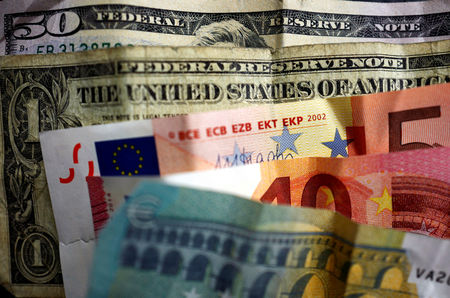
Investing.com – The U.S. dollar steadied in European trade Thursday, after dropping to multi-week lows overnight in the wake of a milder U.S. inflation report, which brought Fed rate cuts back into focus.
At 04:25 ET (08:25 GMT), the Dollar Index, which tracks the greenback against a basket of six other currencies, traded 0.1% higher at 104.285, having fallen to a five-week low just below 104 overnight.
Dollar on back foot after key inflation data
The dollar remains on the back foot after the latest U.S. inflation data raised expectations the will deliver two interest rate cuts this year, probably starting in September.
Wednesday’s rose by 0.3% in April, below an expected 0.4% gain, which came as a relief to markets after sticky consumer prices in the first quarter had led to a sharp paring of rate cut bets and even stoked some worries of an additional hike.
The data also resulted in U.S. Treasury yields sinking to six-week troughs, as traders reassessed the likely path of the Fed’s monetary policy.
“Markets have given a greater weight to the encouraging news coming from two days of inflation figures, which has caused the dollar to almost entirely erase the gains after the CPI disappointment in mid-April,” said analysts at ING, in a note.
There are a number of Fed speakers due to opine later in the session, but it’s likely investors will need concrete evidence if rate cut expectations are to be changed drastically from now.
remove ads
.
“Our preferred call at this stage is not for a continuation of a dollar decline until the end of May, but instead a period of quiet trading with little sense of direction and low volatility. That’s mainly because hard data is needed to move the needle substantially on Fed pricing, and the next key release – core PCE – is only on 31 May,” ING added.
Euro retreats from earlier highs
In Europe, traded 0.1% lower to 1.0867, with the euro retreating slightly Thursday after earlier climbing to its highest since March 21.
The is widely expected to start cutting interest rates from a record high in June, and markets now see up to three rate cuts this year, or two beyond June, most likely in September and December.
“The 1.0900 level should not be a very strong resistance if U.S. data – for example, jobless claims today – adds pressure on the dollar. However, a move to the 1.1000 benchmark levels seems premature given the still sticky inflation picture in the U.S.,” ING said.
fell 0.1% to 1.2675, with sterling handing back some of the previous session’s gains when it climbed above 1.27 for the first time since April 10.
The is also expected to cut rates from a 16-year high this summer, but recent stronger than expected GDP growth could delay this until after the ECB moves.
Yen posts minor gains after weak GDP data
In Asia, fell 0.2% to 154.64, with the yen benefiting from the dollar’s weakness, but the pair remained well above levels hit earlier in May, when the government was seen intervening in currency markets.
remove ads
.
The yen’s recovery stalled as data showed the Japanese economy shrank much more than expected in the first quarter, raising doubts over just how much headroom the Bank of Japan has to keep raising interest rates.
traded largely flat at 7.2187, as sentiment towards China remains weak after Washington imposed stricter trade tariffs on China’s key industries, such as electric vehicles, medicines and solar technology.
Forex
Yen climbs while dollar stabilises after US inflation ebbs
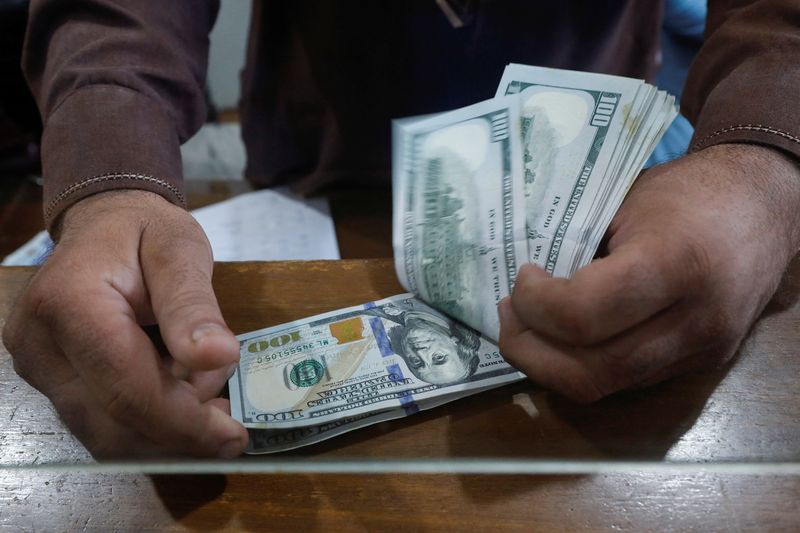
By Harry Robertson and Tom Westbrook
LONDON/SINGAPORE (Reuters) – The Japanese yen rallied for a second day on Thursday after data on Wednesday showed a slowdown in U.S. inflation, while the dollar found a footing against other currencies following a sharp drop the previous day.
U.S. inflation slowed to 0.3% in April from a month earlier, down from 0.4% in March and below expectations for another 0.4% reading, Wednesday’s data showed.
Year-on-year core inflation – which strips out volatile food and energy prices – fell to its lowest in three years at 3.6%. Meanwhile, retail sales were flat, suggesting conditions for Federal Reserve interest rate cuts are falling into place.
The dollar dropped 1% against the yen on Wednesday after the data and was down a further 0.38% on Thursday at 154.32, having fallen as low as 153.6 before weak Japanese growth figures took some of the shine off the yen.
The Japanese currency has fallen around 9.5% this year as the Bank of Japan has kept monetary policy loose while higher Fed interest rates have drawn money towards U.S. bonds and the dollar. The yen has been particularly sensitive to any widening or closing of the interest rate differential.
The , which tracks the currency against six major peers, was last up 0.11% at 104.32 on Thursday after falling 0.75% on Wednesday as investors raise their bets on Fed rate cuts, now envisaging two reductions by the end of the year.
Some analysts said Fed officials will want to see proof of inflation’s downward path before countenancing cuts, a point made by Minneapolis Fed President Neel Kashkari on Wednesday.
remove ads
.
Francesco Pesole, FX strategist at ING, said: “In practice there isn’t all that much to be all that optimistic about. Inflation is moving in the right direction but still not at levels that would allow the Fed to cut rates.”
Pesole said investors were now waiting for U.S. personal consumption expenditures inflation data in late May. “My view at this stage is that we could just default to another couple of weeks of low volatility, lack of direction, and range-bound trading.”
The euro hit a two-month high at $1.0895 on Thursday before dipping to trade 0.1% lower at $1.0874. Britain’s pound reached a one-month top of $1.2675 before falling back slightly.
The Australian dollar, which surged 1% on Wednesday, hit a four-month high at $0.6714 but then paused after an unexpected rise in Australian unemployment.
It was last at $0.6684 as traders priced out any risk of a further rate hike in Australia.
touched a three-week high of $66,695 before dipping slightly.

 Forex2 years ago
Forex2 years agoForex Today: the dollar is gaining strength amid gloomy sentiment at the start of the Fed’s week

 Forex2 years ago
Forex2 years agoHow is the Australian dollar doing today?

 Forex1 year ago
Forex1 year agoUnbiased review of Pocket Option broker

 Forex2 years ago
Forex2 years agoDollar to pound sterling exchange rate today: Pound plummeted to its lowest since 1985

 Cryptocurrency2 years ago
Cryptocurrency2 years agoWhat happened in the crypto market – current events today

 World2 years ago
World2 years agoWhy are modern video games an art form?

 Stock Markets2 years ago
Stock Markets2 years agoMorgan Stanley: bear market rally to continue

 Economy2 years ago
Economy2 years agoCrude oil tankers double in price due to EU anti-Russian sanctions











